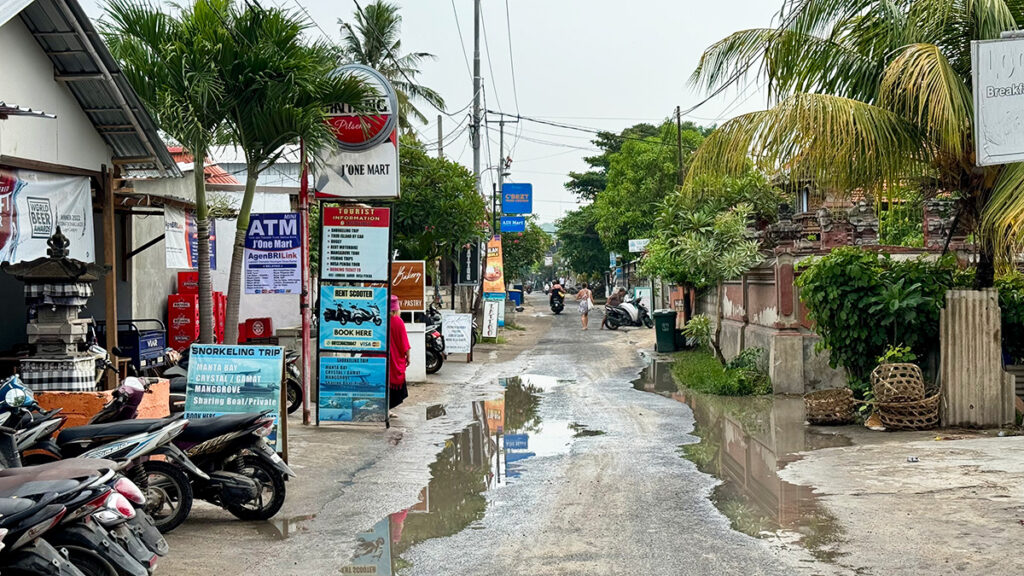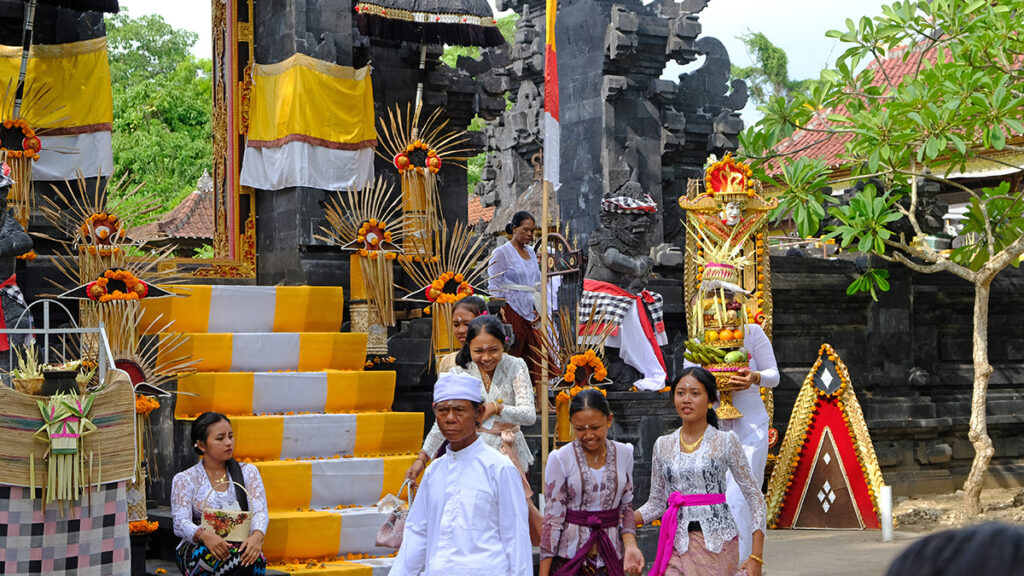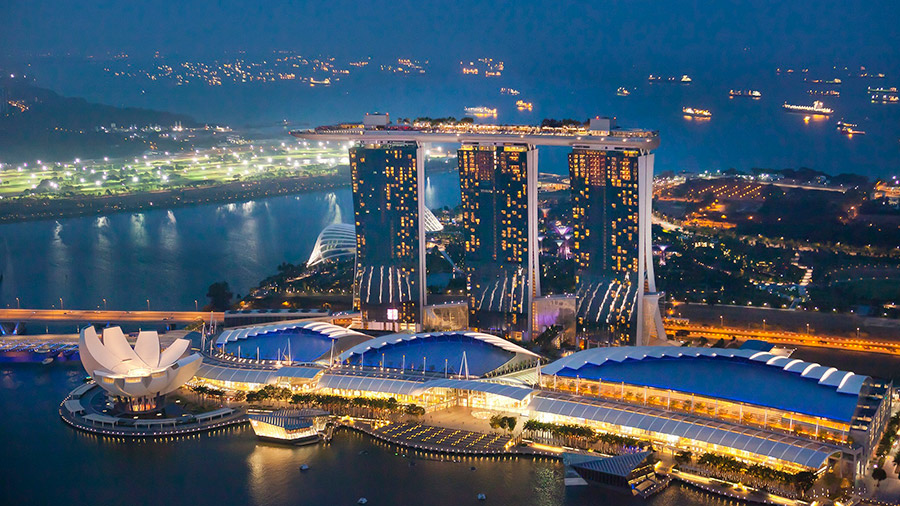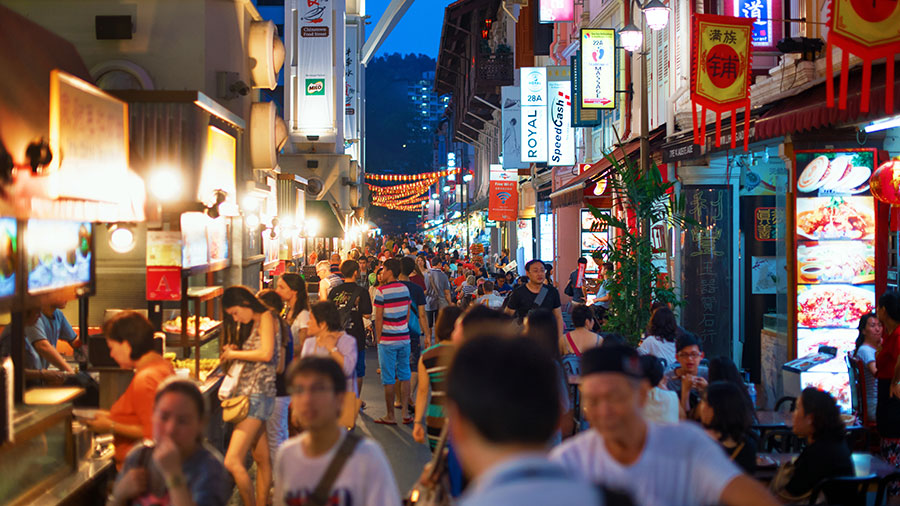I believe the best travel experiences happen when you least expect – when you step off the tourist trail, be it intentional, getting lost or simply finding yourself in the right place at right time. That’s what happened to us on Nusa Lembongan.
Of course, we didn’t wind up on the Indonesian island by accident. We’d been trying to get there for years; volcanic eruptions and a global pandemic are just two of roadblocks that got in our way. But, in January 2024, we finally made it.
Home to some 6,000 people, Lembongan and sister island Ceningan are significantly smaller than neighbouring Bali. They’re also a lot more relaxed, with life on the islands rarely moving faster than the gentle waves lapping their sandy shores.

Ferry services from Sanur regularly criss-cross the waterway between Bali and Lembongan, with the journey taking around 30-45 minutes via fast boat.
Scooters are the primarily method of transportation, alongside a couple of dozen open-air trucks with bench seats lining their trays. As a result, it’s delightfully laid-back.

However, a couple of times a year, the calm island vibes, reggae tunes and tropical house beats from local bars are replaced by time-honoured celebration and traditional music.
That’s what we stumbled across on January 9 – a Hindu festival apparently known as ‘Mapaica’ and it’s only celebrated in Lembongan village, making it an easy event to miss if you’re staying on the other side of the island at the larger, more touristy Jungutbatu Beach.

That said, it is a pretty big deal for the village – roads are blocked off, locals don their best threads, and multi-tier Gebogan offerings and processions fills the narrow streets.
It’s a riot of cymbals, drumming, and intricate dancing, beginning at the hilltop temple of Pura Puseh, after which it continues with a long procession down to Pura Segara.

Costumed dancers dressed as the mythical, panther-like creature ‘Barong’ – the king of the spirits – play a starring role in the procession, alongside spirits of good and evil.
Information is rather scarce, but from what I was told, holy water is collected at nearby Nusa Penida. It’s then kept at Pura Puseh for six days, after which the Mapaica festival takes place and the water is then shared among the Lembongan community.

It was a beautiful sight to witness and one of the genuine highlights of our visit. It was also completely unexpected, with us just in the right place at the time right time.
Here are some of our favourite photos from the day.



























